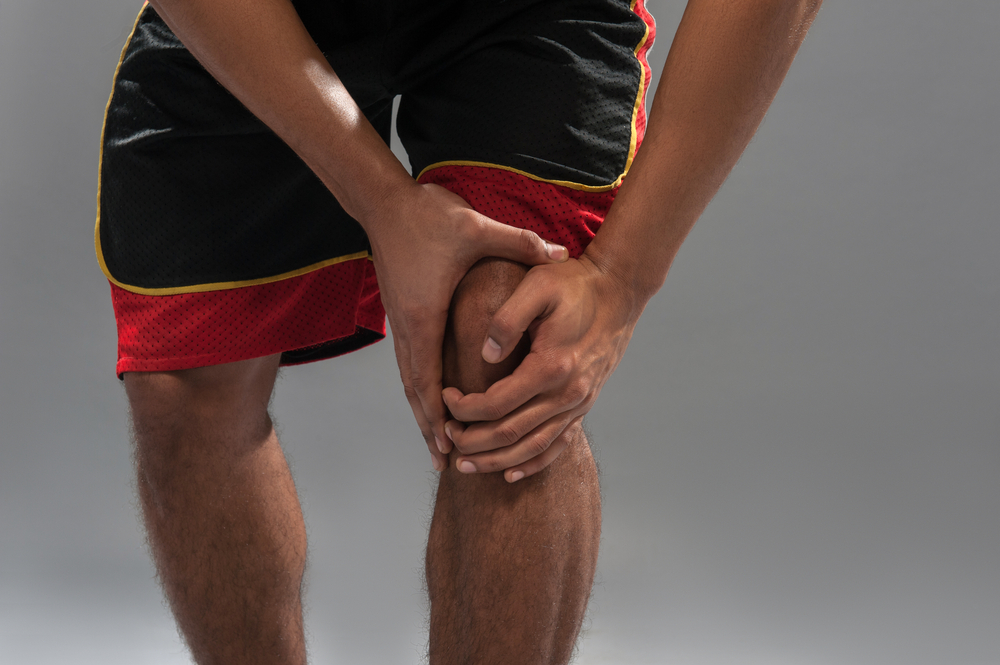Steph Curry: MCL, meet MRI
Steph Curry’s medial collateral ligament (MCL)—just like yours— is a dense band of fibrous tissue inside of the knee joint, right where the femur meets the tibia. When the foot goes out to the side and the knee goes in, the joint is stretched open. The medial collateral ligament, when stretched too much, gives way.

A good way to visualize the ligament is to put your hands together in front of you, and interlock your fingers around the knuckles of each hand. If you pull your hands apart a little bit, you will get an idea of what a grade I partial strain, or tear of the ligament, looks like. A grade II strain would be pulling your hands half way apart. Grade III, or complete rupture of the MCL, occurs when your the fingers come all the way apart.
The good news is that the medial collateral ligament has a good blood supply, because it is outside of the joint and buried in surrounding vascular tissue. If an MCL tear happens, healing can be stimulated by massage, bracing, and growth factor injections. It can also be healed by platelet-rich plasma (PRP) or growth factors from the platelets in the blood, and native repair cells.
Most of the time these injuries heal pretty quickly, and patients are back to full participation in sports. And whether an MCL injury is mild, moderate, or severe, we only rarely need to operate. Unfortunately, if the joint has been opened up far enough, the meniscus cartilage that lies right underneath the MCL—or even the ACL, in the middle of the knee, may also be torn.
High-quality high-field MRI can clearly show all the MCL tissue, as well as the other tissues of the knee. If there is just a grade I tear, or mild stretching without other tissue injury, taping and bracing of the knee usually leads to a quick return to sports.
Some people with a grade I tear have no instability at all, because the knee does not really open up. In other injuries, though, the knee opens up much more than one would expect. Because there’s so much variation, it is most important to have an MRI combined with a physical exam. If Curry’s knee is stable on testing, and the MRI shows relatively mild tearing, we can expect him to be back at full power very soon.
In the past, we used anti-inflammatories like Ibuprofen and Advil for these injuries. Today we understand that such non-steroidal anti-inflammatories actually weaken the tissue. Whenever possible, it is far better to use soft tissue massage, ice, and injectable growth factors than to use anti-inflammatories.
Fortunately for Curry—and the entire Warrior Nation—a mild MCL tear will not end this great player’s season.
Watch Dr. Stone's interview on Stephan Curry's MCL injury on CSN SportsTalk Live
